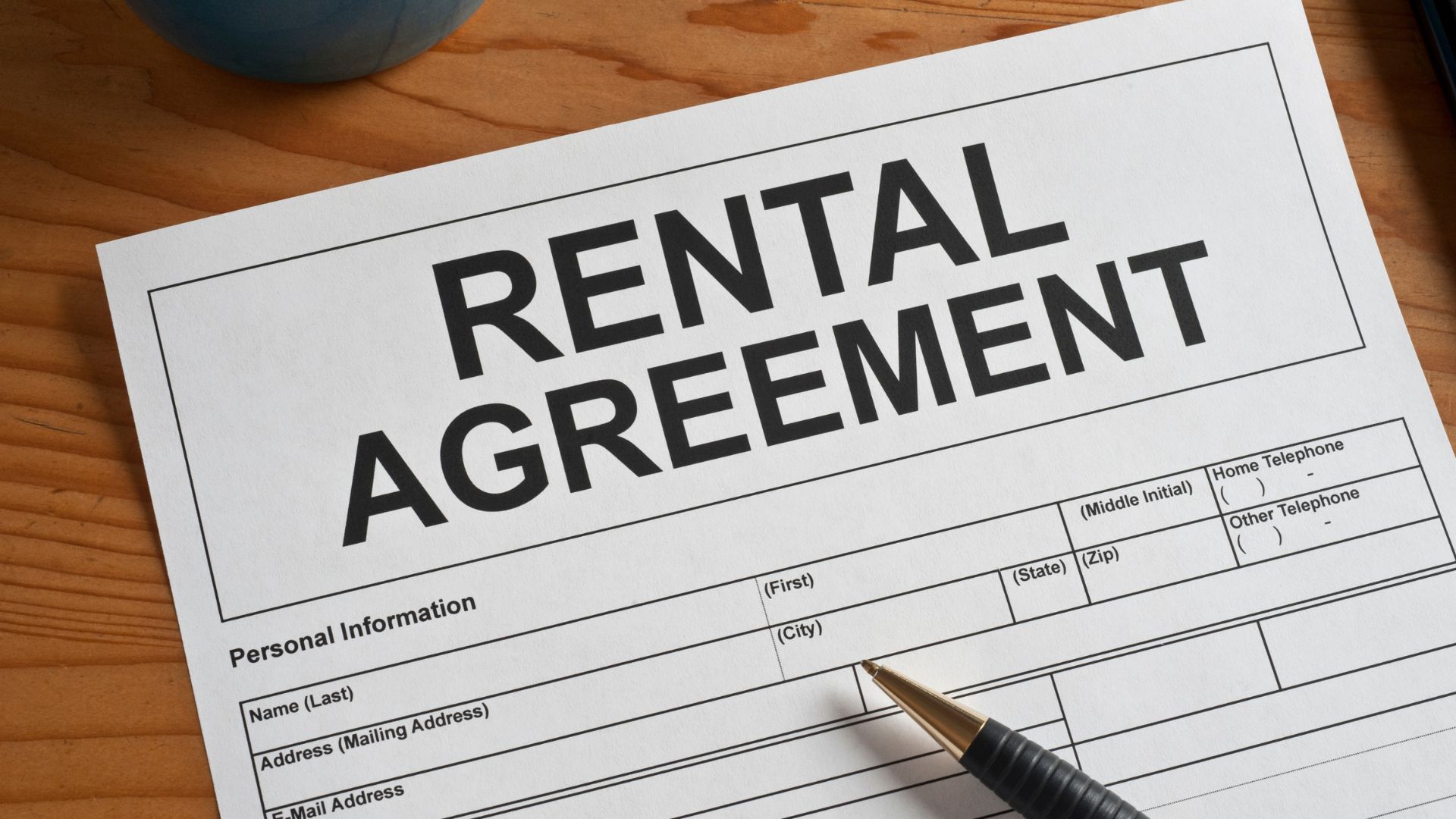A lease agreement is a legal document that outlines the terms and conditions of a rental arrangement between a landlord and tenant. It sets the ground rules for the tenancy, including the rent amount, security deposit, and other important details. A strong lease agreement is crucial for both landlords and tenants, as it protects their rights and helps to prevent any potential conflicts. In this article, we’ll explore the steps to draft a strong lease agreement that complies with landlord-tenant law.
Step 1: Identify the Parties Involved
The first step in drafting a lease agreement is to identify the parties involved. The lease agreement should clearly state the names of the landlord and tenant, along with their contact information. This includes their full legal names, phone numbers, and email addresses. If there are multiple tenants, all of their names should be included.
Step 2: Describe the Property
The next step is to describe the property being rented. This includes the address, unit number, and any other identifying information. It’s also a good idea to include a description of the condition of the property, including any existing damage or necessary repairs. This can help to prevent any disputes later on.
Step 3: Specify the Term of the Lease
The term of the lease refers to the length of time that the tenant will be renting the property. It’s important to specify the start and end dates of the lease, as well as any renewal options. If the tenant is allowed to renew the lease, the terms of the renewal should be clearly outlined in the agreement.
Step 4: Define the Rent and Security Deposit
The lease agreement should clearly define the rent amount and when it is due. This includes the monthly rent amount, due date, and any penalties for late payment. The agreement should also specify the security deposit amount and when it is due. It’s important to note that some states have specific laws regarding the maximum amount that landlords can charge for security deposits.
Step 5: Outline the Use of the Property
The lease agreement should specify how the property can be used. This includes any restrictions on the use of the property, such as no pets or no smoking. It’s also important to include any restrictions on the tenant’s behavior, such as noise levels or parking restrictions.
Step 6: Specify Maintenance and Repair Responsibilities
The lease agreement should clearly define the responsibilities for maintenance and repairs. This includes who is responsible for routine maintenance, such as changing light bulbs, and who is responsible for major repairs, such as fixing a broken appliance. It’s important to note that landlords are generally responsible for ensuring that the property is habitable, while tenants are responsible for any damage caused by their own negligence.
Step 7: Include a Clause on Access to the Property
The lease agreement should include a clause that outlines the landlord’s right to access the property. This includes when the landlord can access the property and for what reasons. It’s important to note that landlords must provide reasonable notice before entering the property, except in cases of emergency.
Step 8: Include a Clause on Termination
The lease agreement should include a clause that outlines the conditions for termination. This includes any conditions under which the landlord or tenant can terminate the lease early, such as a breach of the agreement. It’s important to note that tenants generally have the right to terminate the lease early if the property becomes uninhabitable.
Step 9: Include a Clause on Dispute Resolution
The lease agreement should include a clause that outlines the procedure for resolving disputes between the landlord and tenant. This may include mediation or arbitration, as well as the specific process for filing a complaint. It’s important to note that some states have specific laws regarding dispute resolution in rental agreements.
Step 10: Ensure Compliance with Landlord-Tenant Law
Finally, it is crucial to ensure that the lease agreement complies with landlord-tenant law. This includes federal, state, and local laws that govern rental agreements. Some of the key laws that landlords must comply with include:
Fair Housing Act: The Fair Housing Act prohibits discrimination based on race, color, national origin, religion, sex, familial status, or disability. Landlords must ensure that their lease agreements do not discriminate against tenants on any of these grounds.
Security Deposit Laws: Many states have specific laws regarding the maximum amount that landlords can charge for security deposits. Landlords must ensure that their lease agreements comply with these laws.
Tenant Privacy Laws: Landlords must respect their tenants’ privacy rights, including the right to quiet enjoyment of the property. This means that landlords cannot enter the property without reasonable notice, except in cases of emergency.
Eviction Laws: Landlords must follow specific procedures for evicting tenants. This includes providing proper notice and filing the necessary paperwork with the court.
In Summary
Drafting a strong lease agreement is crucial for both landlords and tenants. A well-written lease agreement can prevent disputes and protect both parties rights. When drafting a lease agreement, landlords should identify the parties involved, describe the property, specify the term of the lease, define the rent and security deposit, outline the use of the property, specify maintenance and repair responsibilities, include a clause on access to the property, including a clause on termination, including a clause on dispute resolution, and ensure compliance with landlord-tenant law. By following these steps, landlords can draft a strong lease agreement that complies with all relevant laws and protects their interests.
